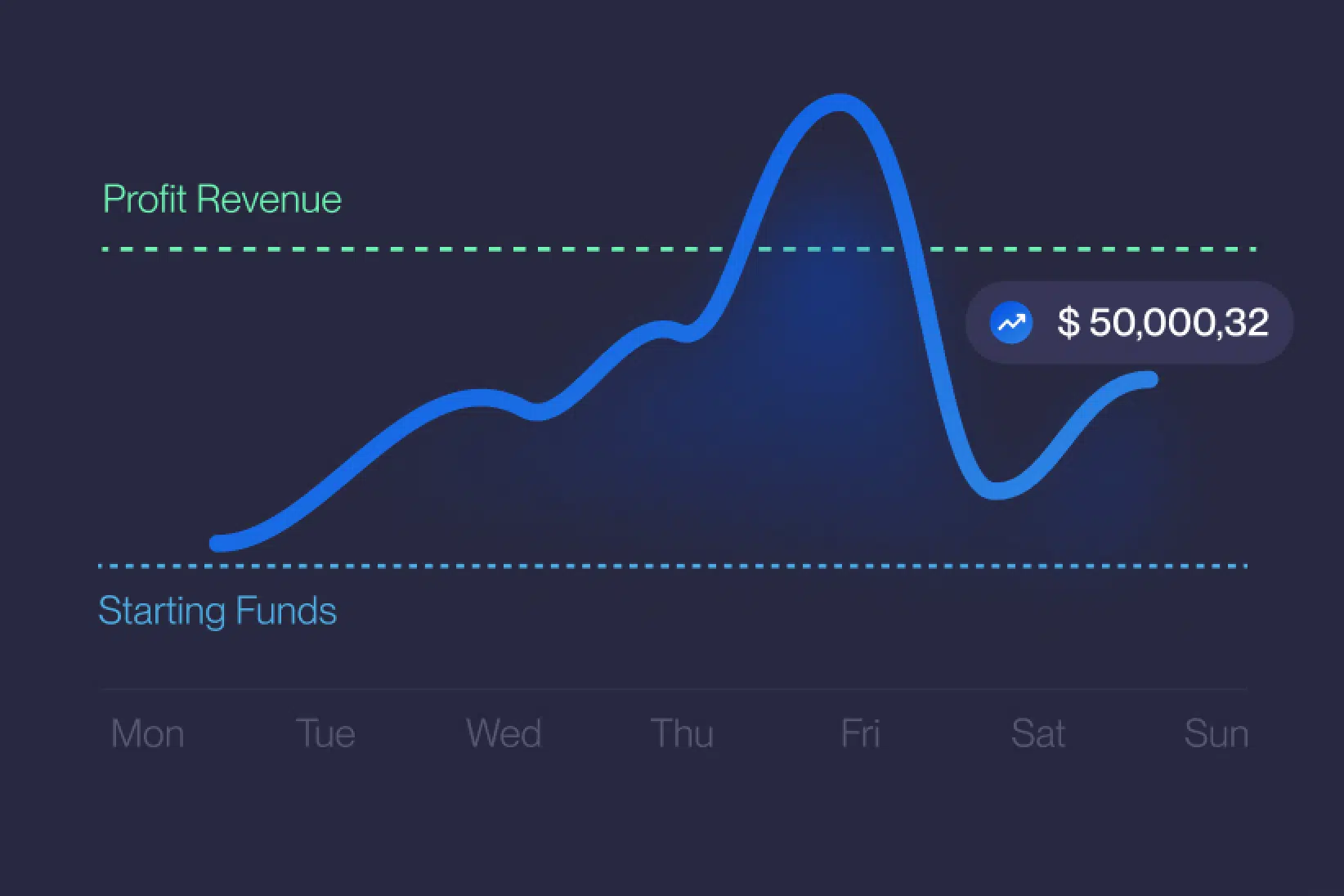Table of Contents:
Share:
How Grath Can Help
Rounding off the Consumer Duty insight series, we now discuss the Consumer Duty levelling-up program, supported by our best-in-class Risk and Compliance software.
Consumer Duty: The Pains
- Big data to drive MI & dashboards.
- Governance and maintenance of the regulation.
- Embedding the principle practically into day-to-day business activities.
Obligation mapping
- Digitising the new principle adds formality and structure to how firms approach and manage Consumer Duty, allowing clear traceability and relationships to additional and contributory FCA rule sets. By undertaking a mapping exercise, firms are able to weave the multiple aspects of Principle 12 across complex operating models.
- In performing an analysis of the new FCA rules, dissecting each regulatory requirement to understand its nuances, implications, and interconnections with other sourcebooks ensures full coverage, reducing the risk of non-compliance.
- Introducing comprehensive applicability rationales across the principle aligning each element of Consumer Duty to the business model and product service proposition.
- Encourages firm-wide user bases to fully interpret the regulation at source in easy-to-navigate sections and tailor understanding of the principle to the consumers served.
Risk / Harm Register
- Assess and incorporate identified harms into a centralised register to identify and mitigate potential exposure points, and associate such harms directly to the appropriate elements of the principle.
- Harms will be awarded specific severity scores and be associated with designated owners.

Tagging
Where particular harms and scenarios intersect across two or more outcomes, and where the principle overlays into multiple sourcebooks beyond Principle 12, the application of tagging can link broader aspects of the firms monitoring program and supports how different users across the organisation co-ordinate assessment activities and reporting.
Outcome monitoring
Outcomes, based on pre-defined scenarios can be quantified, allowing owners to monitor and report across all areas of Consumer Duty on the basis of foreseeable, potential and actual harm. Associated attestations reinforce where such outcomes stay within or exceed such harm thresholds.
Grath has allowed us to build a robust governance framework that’s effective and easy to interrogate. Having a unified view of our obligations and their relationship to our operations has drastically reduced the amount of manual compliance effort.”
Want to learn more about Grath?
Grath can provide further guidance on how technology helps future-proof your regulatory compliance and risk management process, we’d love to talk.
Get in touch with us at grath.com/contact grath.com/contact.
Follow our LinkedIn page for regular updates!


